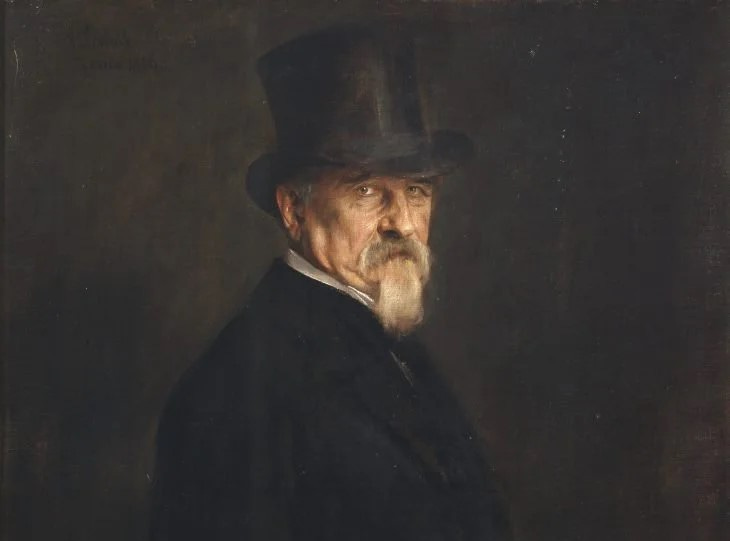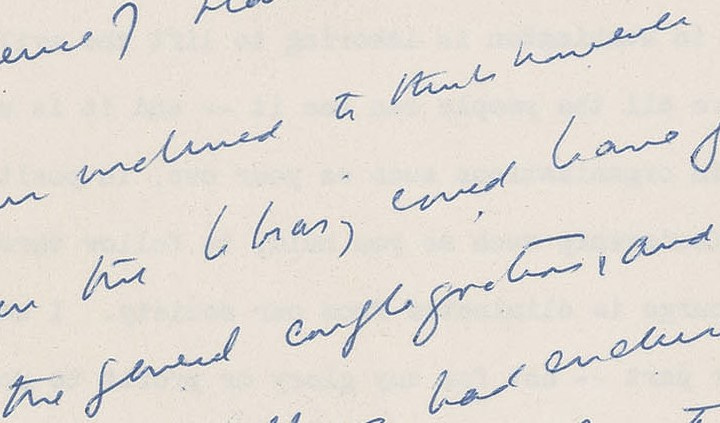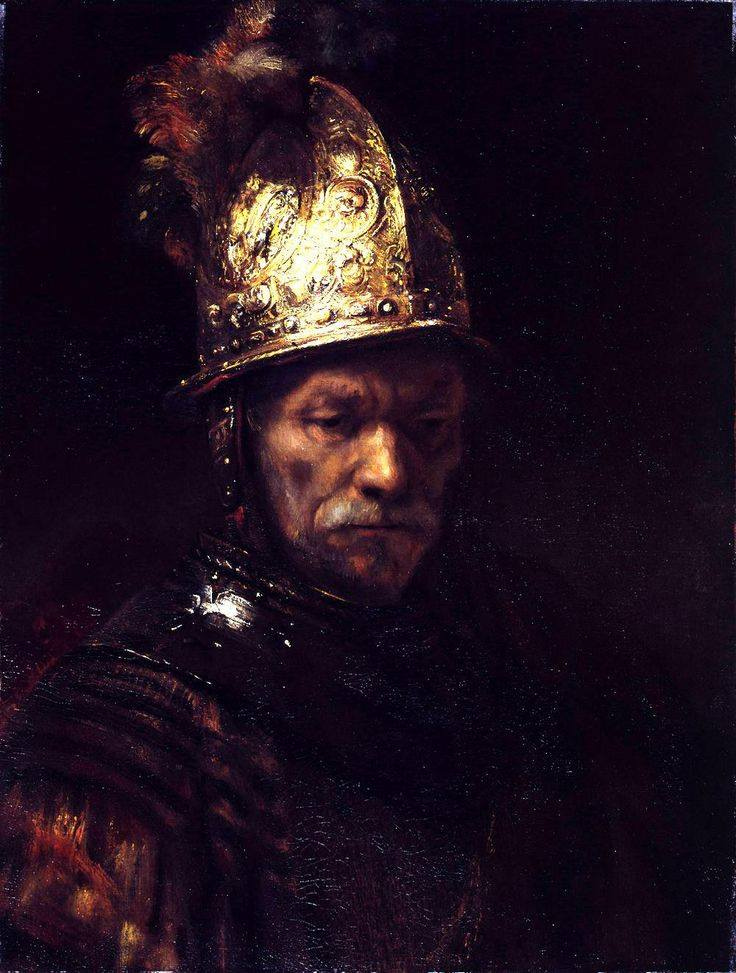Giovanni Morelli was a 19th-century Italian physician and art critic who used his anatomist’s eye to identify otherwise seemingly trivial, minute, and previously unnoticed habitual stylistic details in paintings to identify the artists. The artists themselves were often unconscious of these habits in how they formed details and made brushstrokes.
A forerunner of modern scientific analysis, Morellian analysis is still used in art authentication and was referenced numerous times by another famous 19th-century detective, Sherlock Holmes. Many would call it as much connoisseurship as science, or a combination of the two.
Related techniques are used by autograph and handwriting experts to identify small unconscious habitual details in a person’s handwriting, and Morellian analysis can also be done on sketches.
The Morellian analysis has been important for authentication and identifying later-made forgeries. It has also been important considering that many Old Masters had students who learned by copying the works of their famous teachers, with the teachers sometimes even signing the copies for resale. The students would give their teacher the paintings as payment.
The dates and subjects of these student copies, and often the types of materials and canvas, will match or be very similar to those of the original paintings by the Masters. Morellian and other stylistic analyses are essential in separating the wheat from the chaff.
Even with sophisticated advancements in scientific techniques— such as spectroscopy, radiometric dating, and thermoluminescence testing of materials— art and artifact authentication and dating combine the expertise of scientists and stylistic experts. A Vermeer or Ming vase is authenticated by atomic physicists and art historians working together.
Computer software for analyzing paintings and sketches
Something of an artificial intelligence version of the Morellian analysis, computer scientists have been developing various forms of computer software to identify stylistic patterns in sketches and paintings.
Examples of this software have been surprisingly good, if imperfect, at identifying known original versus known fakes of famous artists, including even the abstract art of Jackson Pollock. It has also differentiated between famous artists, such as Picasso versus Matisse, by minute stylistic differences alone.
Further reading
Computer algorithms can accurately identify Jackson Pollock paintings / Artstechnica




